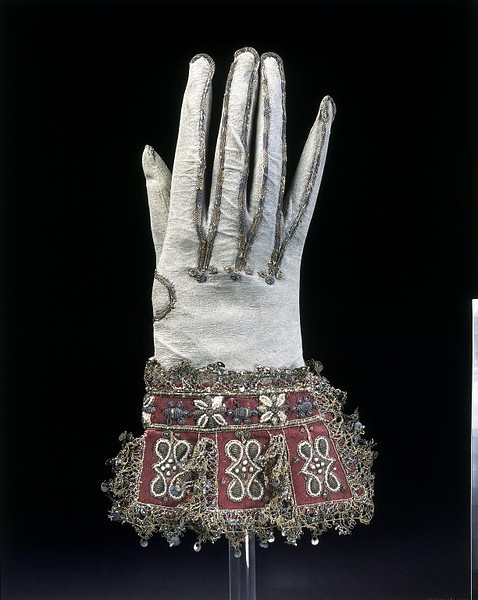 In The Gilded Lily,
Jay Whitgift, the dashing but dangerous man-about-town, gives Ella, my feisty
maid, a pair of gloves. As I researched the sort of gloves that Ella might have
worn I re-connected with the idea that gloves often had a symbolic meaning. Their unmistakable form, and their manner of taking on an individual’s
body shape so that they appear to be part of the person even when they’re off,
must be why they have attained such social and psychological significance. And
this is why I chose them as an intimate gift.
In The Gilded Lily,
Jay Whitgift, the dashing but dangerous man-about-town, gives Ella, my feisty
maid, a pair of gloves. As I researched the sort of gloves that Ella might have
worn I re-connected with the idea that gloves often had a symbolic meaning. Their unmistakable form, and their manner of taking on an individual’s
body shape so that they appear to be part of the person even when they’re off,
must be why they have attained such social and psychological significance. And
this is why I chose them as an intimate gift. Yellow was worn for hunting and blood-sports, and white at balls or social occasions, and for the aristocracy who could afford servants to keep them clean. Hands dressed in with pale kid gloves looked manifestly unacquainted with work, and this was desirable for the upper classes.
In the 16th and 17th century women would go to bed wearing gloves filled with marigold cream to whiten and soften their hands. Glovers often scented their gloves - common perfumes were cinnamon or cloves, but the most costly gloves were scented with musk, civet, ambergris, and spirit of roses.
Eighteenth-century Irish "chickenskin" gloves
were even thinner and smoother than kid. They were cut from the skins of
aborted calves, and so fine that they came folded into the shell of a walnut.
Margaret Visser – The Way We Are.
 |
| chicken skin gloves so small they can fit in a walnut shell (linked to BBC article) |
As with a handshake, in the 17th century gloves meant faith in the transaction or confidence in the person, so transactions of land or property could be made by handing over the symbol of a glove.
The tradition of “throwing down the gauntlet”, has survived
in language at least, where a knight might challenge another to a duel by
casting a glove at his feet – the glove being a symbol of hand to hand combat. In my third novel, A Divided Inheritance, Zachary Deane is challenged to a duel in just this way.
Judges often used to wear gloves as a symbol that their
hands were unsullied by the criminals they had jurisdiction over. Gloves "lined" with money were famous as formal
bribes and judges and other high up members of society often received far too
many pairs of gloves to use them all; for this reason, many fine specimens
survive. These are often highly decorative, with gold braid, embroidery and
sumptuous beading, as in this example. The poorer gloves, such as the ones Ella
is given, that would be worn for warmth, rarely survive.
 |
| The wardrobe accounts for Charles I record the making of more than 1,000 pairs of gloves during a three-year period. Picture from the V&A museum |
In the 16th and 17th centuries so much
etiquette developed around them that men’s gloves in particular grew wider and
more decorative as they were so often carried rather than worn. It was taboo to
offer to shake a hand wearing gloves, or to accept a gift in a glove. Nor was
it acceptable to remove them with the teeth. Approaching an altar in Church,
men had to remove their gloves, and the right glove had to be removed when
coming into the presence of a social superior as a mark of respect. The keeping on of your gloves indicated that you retained
power by declining physical contact, whereas the removal meant you deferred to
a higher position. Gloves were also to be put off when playing cards (to
deter cheating, I suppose) or when eating.
" a paire of gloves, perfumed and garnished with embroiderie and goldsmithe's wourke, price 60s."
In The Gilded Lily, Ella is delighted by her new gloves, which her sister Sadie dismisses scornfully as “trumpery”.
I originally wrote this post for Grace Elliott's blog, thanks to her for allowing its second outing!
More information about the
history of gloves can be found at http://www.goleathergloves.com/history-of-gloves.htm
Deborah’s writing blog: www.deborahswift.blogspot.com
Twitter @swiftstory